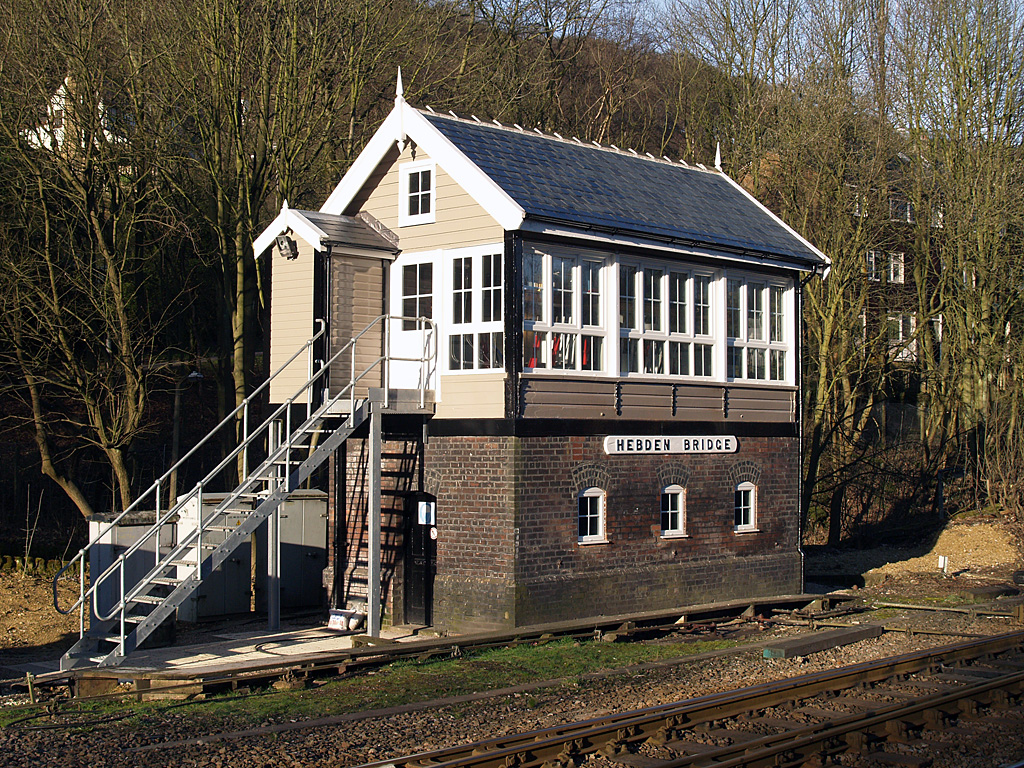Signal boxes that are listed buildings in England on:
[Wikipedia]
[Google]
[Amazon]
 __NOTOC__
A number of signal boxes in England are on the Statutory List of Buildings of Special Architectural or Historic Interest. Signal boxes house the
__NOTOC__
A number of signal boxes in England are on the Statutory List of Buildings of Special Architectural or Historic Interest. Signal boxes house the
 __NOTOC__
A number of signal boxes in England are on the Statutory List of Buildings of Special Architectural or Historic Interest. Signal boxes house the
__NOTOC__
A number of signal boxes in England are on the Statutory List of Buildings of Special Architectural or Historic Interest. Signal boxes house the signalman
A signalman is a person who historically made signals using flags and light. In modern times, the role of signalmen has evolved and now usually uses electronic communication equipment. Signalmen usually work in rail transport networks, armed for ...
and equipment that control the railway points and signals. Originally railway signals
A railway signal is a visual display device that conveys instructions or provides warning of instructions regarding the driver’s authority to proceed. The driver interprets the signal's indication and acts accordingly. Typically, a signal mi ...
were controlled from a hut on a platform at junctions. In the 1850s a raised building with a glazed upper storey containing levers controlling points and signals was developed after John Saxby
John Saxby (17 August 1821 – 22 April 1913) was an English engineer from Brighton, noted for his work in railway signalling and the invention of the interlocking system of points and signals. He was later a partner in the firm Saxby and Farmer. ...
obtained a patent in 1856 for a mechanical system of interlocking the points and signals. Over half of the signalboxes before 1923 were built by private signalling contractors, the largest being Saxby & Farmer
John Saxby (17 August 1821 – 22 April 1913) was an English engineer from Brighton, noted for his work in railway signalling and the invention of the interlocking system of points and signals. He was later a partner in the firm Saxby and Farmer. ...
; Stevens & Sons, McKenzie & Holland, the Railway Signal Co., Dutton & Co and Evans, O’Donnell & Co were others. Some railway companies had a standard signalbox design, such as the London & North Western Railway, whereas others, such as the Great Eastern Railway
The Great Eastern Railway (GER) was a pre-grouping British railway company, whose main line linked London Liverpool Street to Norwich and which had other lines through East Anglia. The company was grouped into the London and North Eastern R ...
had many different designs.
Listed buildings are given one of three grades: Grade I for buildings of exceptional interest, Grade II* for particularly important buildings of more than special interest and Grade II for buildings that are of special interest. In 1948 there were approximately 10,000 signal boxes; by 2012 this had reduced to about 500. National Rail has plans to concentrate control at twelve centres by 2040, decommissioning most of the remaining mechanical signal boxes by 2025. A joint Historic England and Network Rail project listed 26 signal boxes in July 2013.
Signal boxes and swing bridge cabins are listed Grade II, except for those noted as Grade II*.
Signal boxes
See also
* Signal boxes that are listed buildings in ScotlandNotes and references
References
Sources
*Further reading
* *External links
*{{cite news, url=https://www.bbc.co.uk/news/uk-england-19464080 , title= In pictures: Ten of the 'best' listed signal boxes, publisher=BBC News, date=6 September 2012 * +